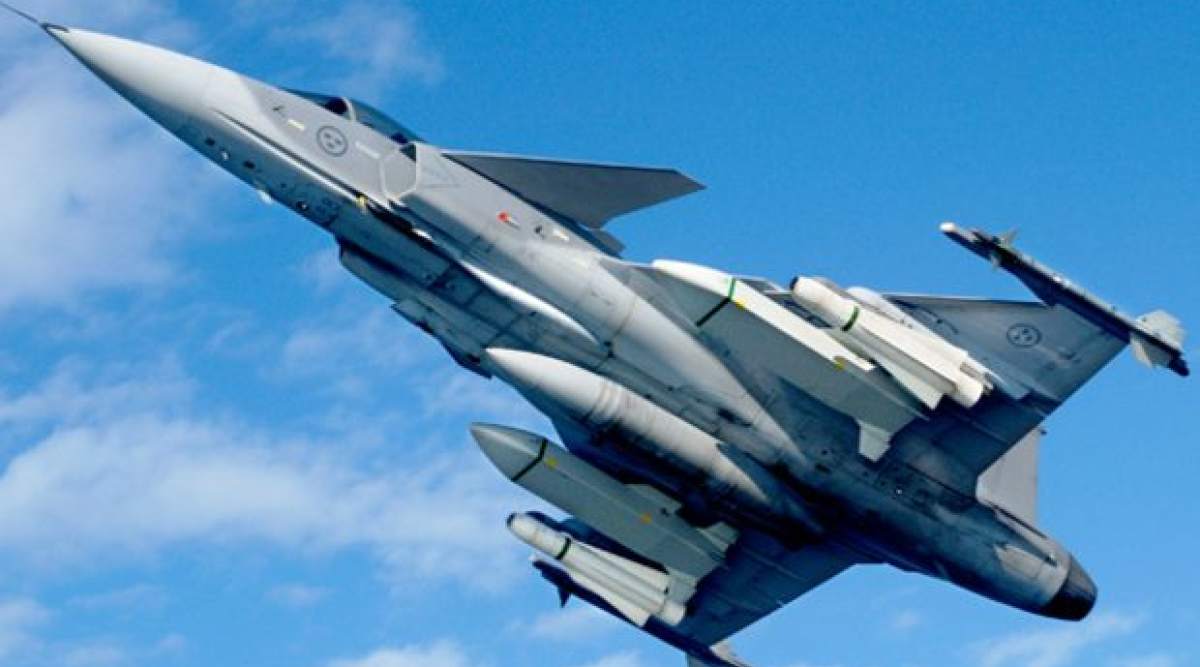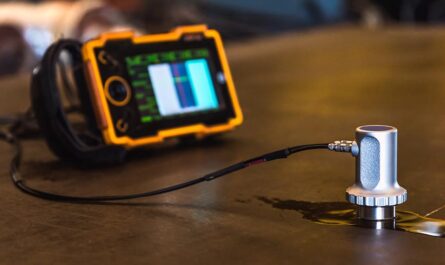Military aircraft have carried weapons externally and internally for decades to effectively engage targets. However, modern weapons carriage and release systems have advanced greatly to keep pace with evolving threats and new aircraft designs. These systems play a vital role in integrating new air-to-surface and air-to-air weapons onto aircraft to enhance their lethality and survivability.
External Weapons Hardpoints and Pylons
Most fighter and strike aircraft employ external hardpoints on their wings and fuselages to carry air-to-air missiles, laser or GPS-guided bombs, rockets, and other stores. These stations are structurally reinforced and allow weapons to be mounted using pylons or launchers. Early pylons were simple anchoring points but modern designs integrate features like electrical connectors, pneumatic/hydraulic lines, and weapons ejector racks.
Pylons can be tailored for specific stores with different sizes, weights, and attachment lugs. They assist with accurate weapons employment and enhancing aircraft aerodynamics by flush mounting stores close to the aircraft. Some designs have additional interfaces for data-link antennas, targeting pods, electronic countermeasures pods, and conformal fuel tanks. This optimizes aircraft performance and allows the integration of more systems.
Advanced pylons also help distribute store weight loads across hardpoints. Modern fly-by-wire flight control systems precisely calculate center of gravity and load balancing changes based on loaded stores configurations. This maintains aircraft handling qualities and stability while maximizing weapon loads. Future pylon designs may integrate active protection features like anti-radiation missiles or decoy dispensing capabilities.
Internal Weapons Bays and Rotary Launchers
Stealth aircraft like the F-22 and F-35 have internal weapons compartments to minimize their radar cross-sections. These bays employ sophisticated rotary or translating launchers to store and rapidly deploy various air-to-air and air-to-ground weapons. During engagements, launcher drums rotationally indexed stores into the aircraft’s weapons delivery channels for employment.
On the F-22, its internally carried AIM-120 AMRAAMs and small diameter bombs are loaded onto rotating magazines holding eight to twelve weapons each. The F-35’s smaller bays rely on a four-place rotating launcher primarily loaded with AMRAAMs and Short Range Air-to-Air Missiles. Both sectors electromechanically position stores into optimal launch positions within seconds to maximize sortie generation rates.
To maximize magazine stowage, internal launcher designs utilize nesting, multi-stage loading, and weapons alignment features. Load crews use indicator lights and software to rapidly configure magazines for different missions. Upgrades are underway to diversify payloads with miniaturized hypersonic weapons. Emerging weapons drive new internal layouts and rapidly adaptable launch technologies.
Weapons Carriage Management Systems
Onboard stores management computers precisely track weapon locations, orientations, and load statuses. They interface with aircraft mission computers, fire control systems, and weapon delivery systems like weapon bays, launchers, and radars. This allows for integrated “bring to bear” weapons delivery profiling that minimizes response times.
Smart stores like the Small Diameter Bomb II also have onboard processors that can report navigational and targeting data back to the aircraft. Commands can guide unpowered glide weapons onto targets or update seekers like in-flight course corrections. Future weapons and targeting pods may dispense with traditional racks, instead magnetically or electromagnetically adhering to aircraft launch surfaces. Communications could then direct their precise releases.
As air combat evolves, advanced weapons and aircraft will drive further innovations in carriage and delivery technologies. Non-kinetic systems joining traditional arsenals may rely even more heavily on smart interfaces for precisely timed high-speed dispensing. Internal bay layouts will likely accommodate more niche payloads. Hypersonics will also demand integration solutions balancing phenomenal speeds with careful weapons management. With threats growing ever more diverse, modern weapons carriage and release systems will remain critical to maintaining air power advantages.
*Note:
1. Source: Coherent Market Insights, Public sources, Desk research
2. We have leveraged AI tools to mine information and compile it




